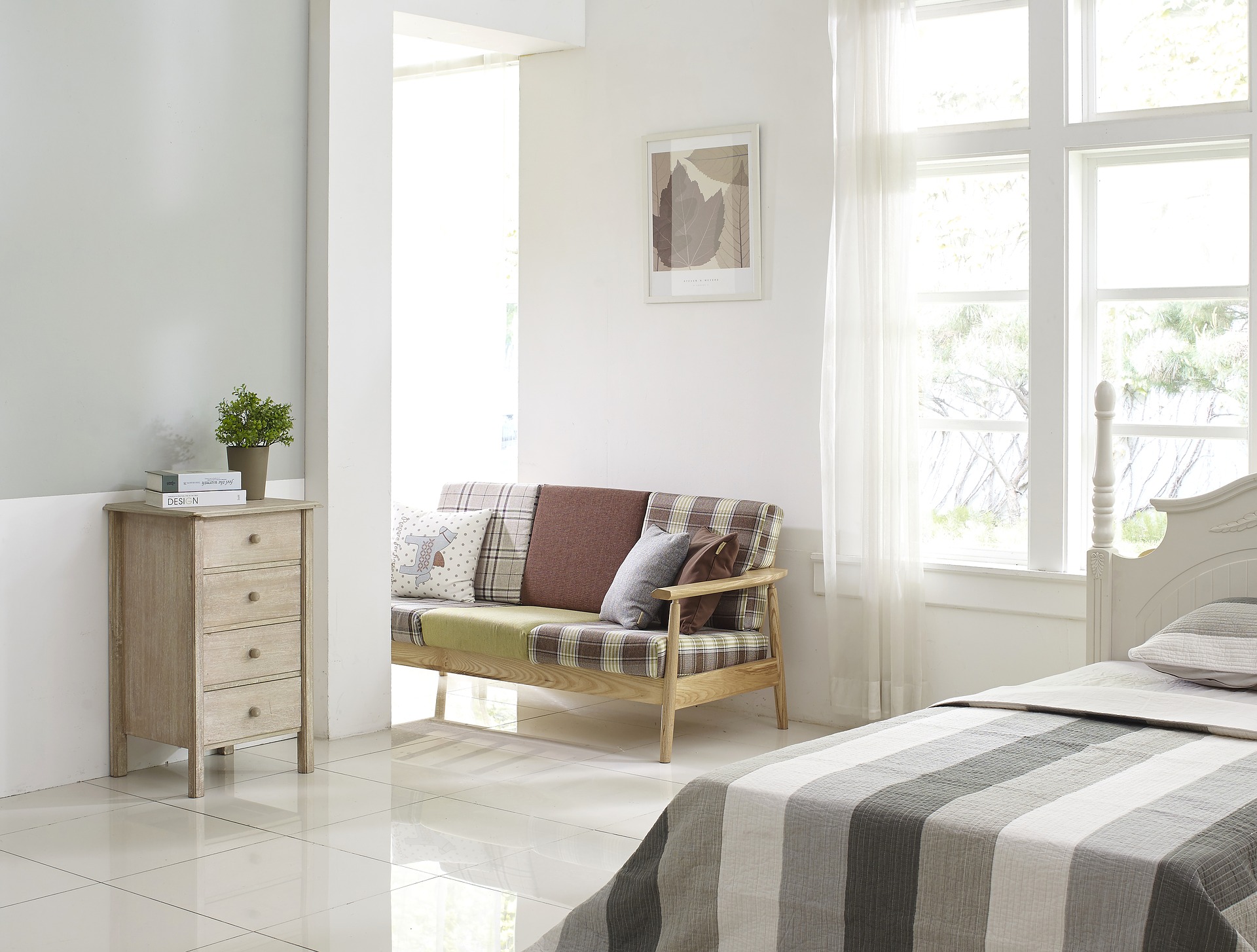What to look out for when Viewing Property
Viewing property and buying your next home is a long-term commitment and will likely be the most expensive thing you will ever buy. Likewise, if you are buying a buy-to-let property as an investment opportunity, you are likely in it for the long haul and will be looking to maximise your investment potential.
So, is a quick 15-minute glance over the property going to suffice to tell you everything you need to know? Amazingly, it does for some people, and many come to regret not paying closer attention or asking the right questions.
What about virtual viewings? Since the pandemic struck in March of 2020, virtual viewings of live and pre-recorded viewings have exponentially increased, as could be expected. Indeed, they are likely to remain an important part of house viewings for some time to come, if not permanently.
But virtual viewings are best used to shortlist properties and are not ideal for making a final decision on whether to buy or not. Feet on the ground, looking with your own eyes, cannot replace a thorough examination of the home you intend to purchase.
Can you see or smell damp?
You can normally smell dampness (a musty smell) before you see it. However, keep an eye out for any visual signs that indicate that damp is present. Visual signs include things like flaky plaster and watermarks on walls or ceilings. Pay particular attention to areas around the skirting boards. You could also try feeling the walls to see if you can feel any dampness.
What is the structural integrity of the property?
Large cracks in the walls are a sign that something might be structurally wrong with the building, like subsidence. Smaller, superficial cracks can usually be found in most properties, so they are not necessarily something to be concerned with. If it’s an end of terrace house, inspect the end walls. Also look closely at extension joints and bay windows, which can start to sag or bow from the rest of the house.

If anything comes to your attention that you want a second opinion on, you can raise it with the estate agent and homeowner. Of course, your own property inspection is no substitute for a chartered surveyor’s, but it gives you a start and may save you money on hiring one if you deem the issues too many to pay for a professional opinion.
What is the storage space like?
It may not be up there at the top of your check list when viewing property, but it is something that many don’t give enough thought to as an asset to the home, especially if it is being purchased as a buy-to-let investment. Is there plenty of room to store linen, towels, and boxes full of family memories? Is there plenty of wiggle room for large cupboards and dressing tables? And when it comes to more modern built homes, extra space can sometimes be an issue due to compact designs.
What direction is the house facing?
Is the house north or south facing? While not necessarily important in colder months, it makes a big difference in the summer because a south-facing house or garden will have more sunlight and warmth coming in and therefore enhance the living experience. It will also make a difference if you intend to have a solar panel installed later.
Are the rooms large enough to accommodate your needs?
If you are viewing a new build property and trying to gauge the room size by the furniture in the rooms, be aware that smaller-sized furniture may have been used to distort the real size of the room. For a clear picture, try and envisage your own furniture in the room. Even consider going along with measurements at hand and a tape measure if need be.
What is the state of the windows and doors?
Paying close attention to external window frames could potentially save you some unnecessary expenditure, or at least be a factor in negotiating the price. They say the eyes are the window to the soul. Well, a house’s window frames are a window to the state of the house.
Windows are an important, visual part of a property’s appeal, so if they are not in very good condition, it may be a sign that other parts of the house are the same. For wooden frames, press your fingers hard into the woodwork and see if there’s any rot setting in.
What is the age of the roof?
Depending on the materials used, roofs are not cheap to replace, and, with new roofs, they will last for about 15-20 years. When viewing property, try and find out how old the roof is and if it’s coming towards the end of its shelf life; get an estimate for what a replacement would cost, which can be used when negotiating the price.
What is the state of the attic?
If the property has an attic, try and get up there for a look. Don’t ignore the attic. It is an important asset to the house and can hold potential for further development later, like converting it into an extra room. An important thing to look for is that it has insulation and that it is in good condition. With the soaring cost of energy in these hard times, making sure your home is as energy efficient as it can be is a must.
ARE YOU READY TO START INVESTING?
Subscribe to our mailing list now for exclusive deals, investment guides and the latest information from the property market.







